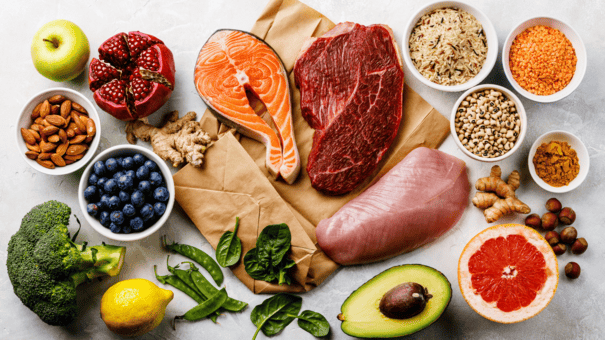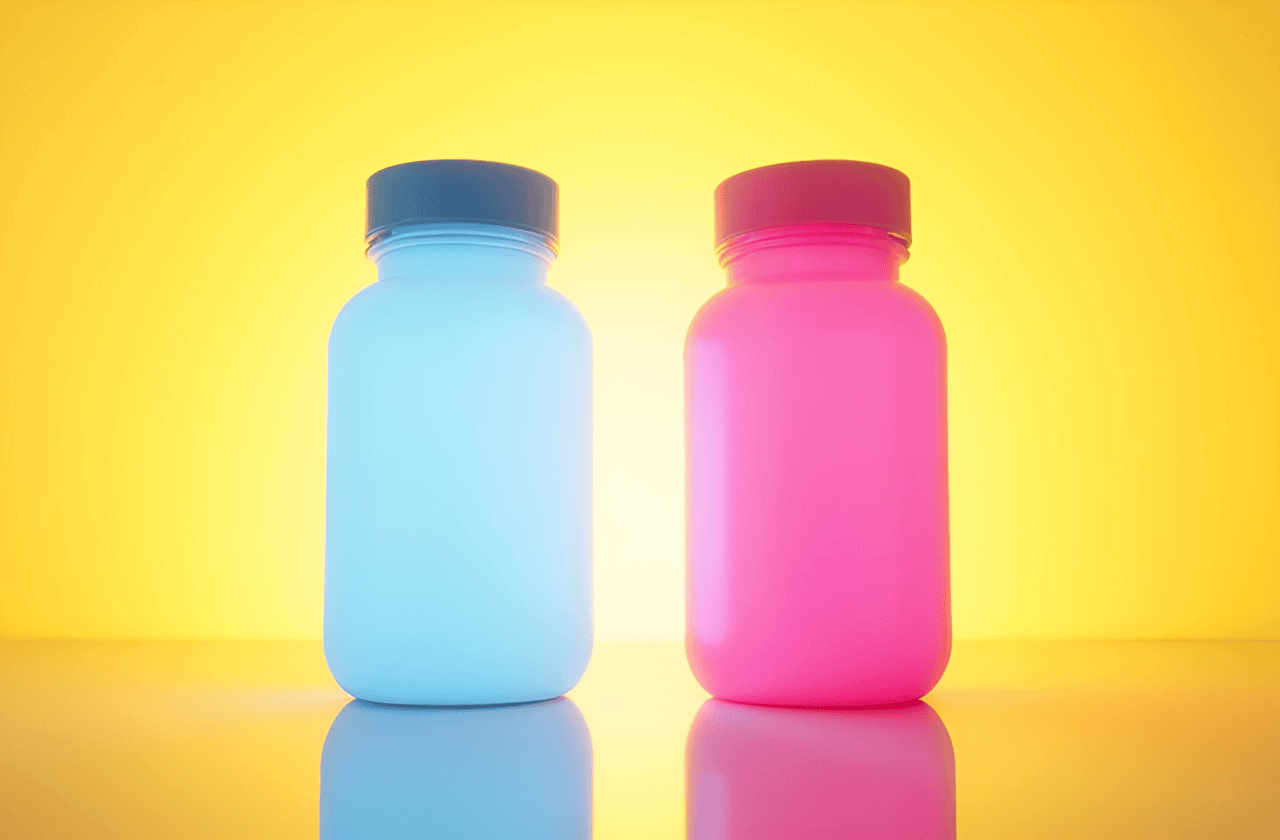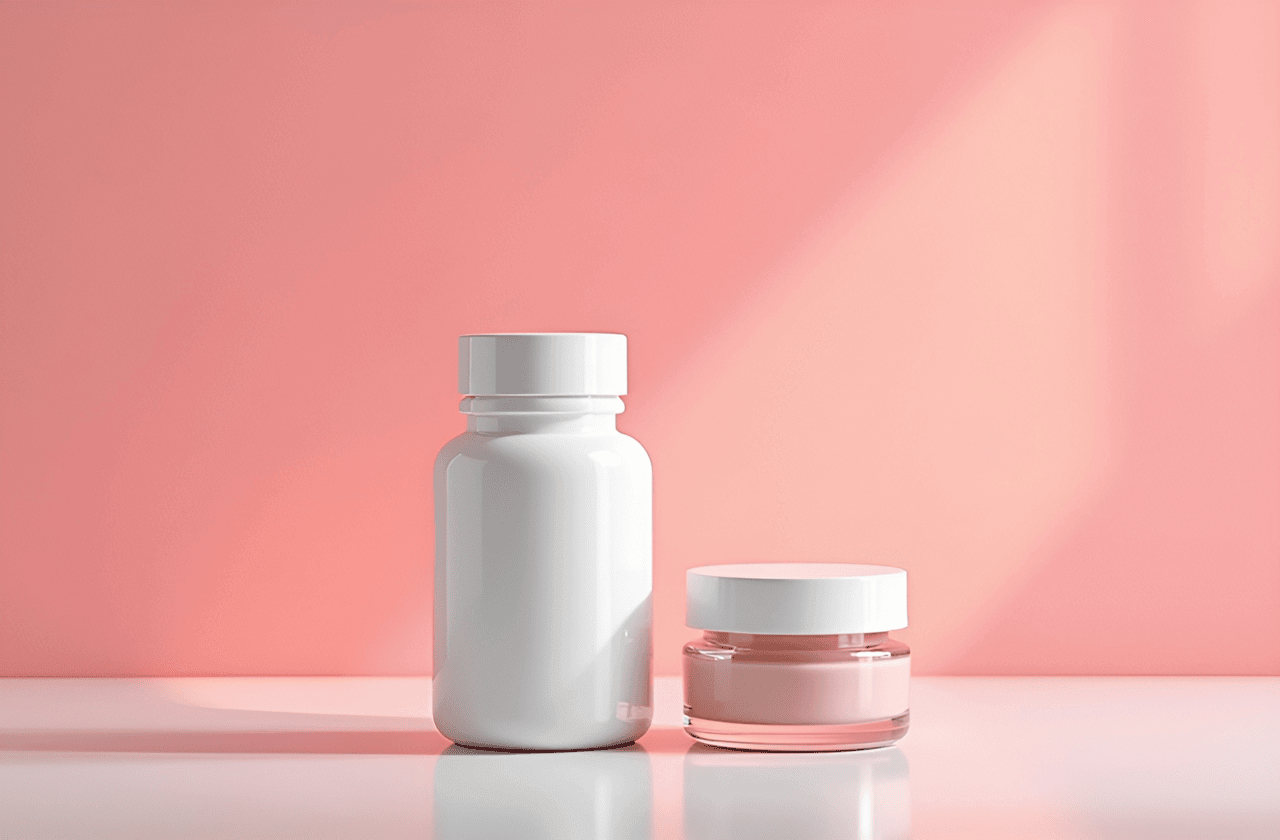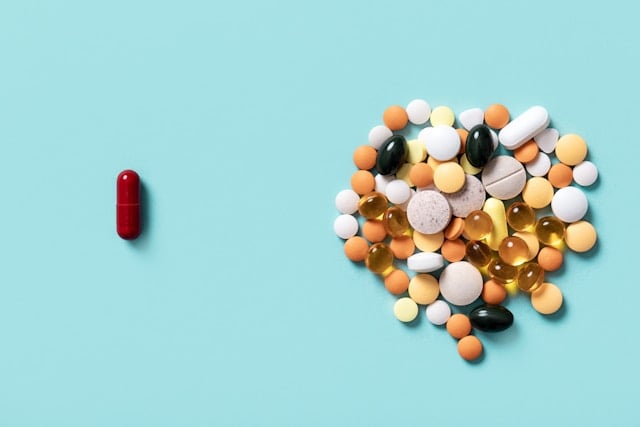How NAD+ and NMN Supplements Impact Female Fertility
The clock on your fertility isn’t just ticking—it’s running on cellular batteries. While most women know about the biological clock, few understand the molecular power supply that keeps it running.
Inside each of your eggs lies an intricate network of mitochondria—more than in any other cell type in your body. These cellular powerhouses depend on nicotinamide adenine dinucleotide, a molecule known as NAD+ that orchestrates energy production and DNA repair. The reality of aging brings a steady decline in NAD+ levels, which may compromise egg quality and reproductive potential.
Recent scientific advances point to NMN supplementation as a way to replenish these diminishing NAD+ reserves. Unlike traditional fertility approaches that work indirectly, NMN targets the fundamental cellular processes within egg cells. This breakthrough in cellular science is opening new possibilities for women’s reproductive health—and challenging our assumptions about biological time.
Key Takeaways:
- NAD+ levels naturally decline with age in women’s eggs, which significantly impacts fertility since egg cells contain more mitochondria than any other cell type and require substantial energy for proper development and division.
- Scientific studies demonstrate that NMN supplementation can help restore NAD+ levels in aging ovaries, leading to improved egg quality, enhanced mitochondrial function, and better reproductive outcomes in research models.
- The timing of NAD+ intervention appears crucial, as research indicates that while NMN supplementation can improve various markers of ovarian health, it may be most effective when started before advanced age-related fertility decline occurs.
- Regular monitoring of NAD+ levels through testing can help optimize supplementation strategies.
NAD+ Decline and Women’s Fertility

Your eggs demand more energy than any other cells in your body. These remarkable cells house dense networks of mitochondria1—energy-producing structures that run on NAD+ to fuel the intricate process of reproduction.
A comprehensive review by Liang et al. (2023) synthesized our understanding of NAD+ metabolism’s impact on ovarian aging2. As time takes its toll and NAD+ levels decline, a cascade of challenges occur within egg cells:
- Mitochondrial energy production falters, compromising cellular function
- DNA repair mechanisms slow, leaving genetic material vulnerable
- Oxidative stress defenses weaken
- Cell division loses its precision
Perrone et al. (2023) identified the culprit: CD38, a protein abundant in ovarian immune cells, that actively depletes NAD+ reserves as we age3. This targeted drainage affects ovarian tissue specifically, potentially accelerating fertility decline. Your immune system inadvertently reduces the very molecule your eggs need to thrive.
Another study published in Nature Communications revealed the crucial role of NAD+ in egg cell division and quality4. The research team discovered that when NAD+ levels decrease in aging eggs, two specific problems occur:
- The spindle (the cellular structure that helps separate chromosomes during cell division) becomes abnormally long
- The egg loses its ability to complete a critical fast movement during division
Both issues affect the egg’s ability to divide properly – a process that must happen precisely for successful reproduction. During normal egg cell division, most cellular material needs to stay with the egg while only a small portion separates. When NAD+ levels are low, this precise division becomes compromised.
This high-impact research found that NAD+ levels naturally decrease in mouse eggs as they age. This decrease directly affects the egg cells’ mitochondria, reducing their function. Since eggs require significant energy to develop properly, this loss of energy production capability helps explain why egg quality tends to decline with age.
The study demonstrated that maintaining higher NAD+ levels helped preserve proper egg cell division and function. This suggests that finding ways to support NAD+ levels might help maintain egg quality as females age.
NMN Restores Oocyte Quality and Fertility
The success of reproduction hinges on egg cell health. These specialized cells require immense energy reserves to orchestrate fertilization, execute precise cell division, and support early embryo development. When cellular energy falls short, reproductive potential diminishes.
Scientific research published in Cell Reports revealed that NAD+ precursor NMN (nicotinamide mononucleotide) demonstrates remarkable potential in maintaining cellular energy production and supporting reproductive function5.
The researchers examined aging female mice, documenting telltale signs of reproductive decline in their egg cells. Mitochondrial efficiency had decreased significantly, resulting in reduced cellular energy production.
This energy deficit impaired proper egg development and embryo support. The aging eggs also showed increased chromosomal abnormalities—a direct threat to fertility.
NMN supplementation produced striking improvements across multiple markers of reproductive health. The treated eggs showed enhanced mitochondrial function and restored energy production.
Most significantly, egg quality and viability improved markedly, supporting superior embryo development despite advanced maternal age.
The benefits appear to flow through NAD+-dependent pathways, with particular emphasis on the SIRT2 enzyme’s role in egg quality enhancement. This research not only proves a fundamental truth that maintaining optimal NAD+ levels is a cornerstone of reproductive cellular health, but also represents a promising non-invasive treatment approach for age-related female infertility.
The findings suggest potential applications in both natural conception and IVF treatment, offering hope for improved fertility outcomes while reducing the financial and emotional burden often associated with fertility challenges.
NAD+ Supplementation Helps Treat Reproductive Diseases

A 2024 review published in Biochemistry and Biophysics Reports reveals the wide-ranging benefits of NAD+ supplementation for female reproductive health6. The researchers found that ovarian NAD+ levels decline dramatically with age, showing a 50-70% reduction in 8-month-old mice.
The study demonstrates that supplementation with NAD+ precursors effectively addresses age-related decline in oocyte quality. By improving mitochondrial function and reducing oxidative stress, NAD+ supplementation helps maintain proper chromosome structure and spindle assembly during cell division.
For women with PCOS, the research highlights how NAD+ precursor supplementation helps regulate insulin sensitivity and reduce chronic inflammation. This occurs through the AMPK-SIRT1 pathway, which enhances oocyte and embryo quality through anti-inflammatory and antioxidant effects.
The researchers also uncovered NAD+’s critical role in pregnancy outcomes. Their analysis revealed that NAD+ deficiency during pregnancy can lead to birth defects and pregnancy loss, while maintaining adequate NAD+ levels through supplementation supports normal embryonic development.
Most notably, the study found that long-term NAD+ precursor supplementation shows better results than short-term interventions. This insight suggests the importance of sustained supplementation strategies for optimal reproductive health outcomes.
NMN Supplementation Maintains Ovarian Health During Aging

A significant 2024 published in MedComm examined how NMN supplementation affects aging ovaries7. The researchers found that NMN supplementation in aging mice achieved several important results:
- Restored NAD+ levels in aging ovarian tissue
- Prevented ovarian atrophy (shrinkage)
- Increased the quantity and quality of egg cells
- Improved hormone production
- Enhanced antioxidant activity
- Reduced inflammation
- Increased the number of viable ovarian follicles
The researchers used advanced microscopy to examine cellular changes, revealing that NMN treatment improved the health of key ovarian cells (granulosa cells) by enhancing their energy-producing structures (mitochondria).
While NMN treatment successfully improved several markers of ovarian health, it’s important to note that it did not restore fertility in very old mice, suggesting there may be a window of opportunity for intervention before age-related fertility decline becomes too advanced.
This research provides promising evidence that NMN supplementation could help maintain ovarian health during aging, potentially offering new approaches for fertility preservation in women. However, timing of intervention may be crucial for effectiveness.
A Strategic Approach to NAD+ Supplementation

If you’re looking to optimize your NAD+ levels and improve fertility, scientific evidence points to NAD+ precursor supplementation as a targeted approach that enables your cells to maintain energy production, DNA repair, and reproductive function.
Data-driven supplementation starts with measuring your current NAD+ status through an Intracellular NAD® test—transforming abstract cellular science into precise, actionable information.
When it comes to the best NAD+ supplements. NMN stands out among NAD+ precursors for its molecular stability and cellular absorption. Research demonstrates its direct contribution to NAD+ production, making it a cornerstone of evidence-based supplementation protocols.
For those seeking maximum potency, our Pure NMN powder delivers concentrated support with over 99.5% purity. This pharmaceutical-grade formula provides your cells with a direct pathway to improving NAD+ status.
The science of NAD+ optimization extends beyond single-compound approaches. Advanced NAD+ boosters incorporate synergistic compounds that amplify cellular energy production, delivering sustained benefits beyond NMN alone.
Vitality ↑® NAD+ Booster represents this next generation of NAD+ science. This clinically-validated formula combines precise amounts of NMN, D-ribose, niacinamide, and creatine monohydrate—each compound selected based on its documented role in cellular energetics.
Supporting fertility through NAD+ optimization requires precision and measurement. By combining targeted supplementation with regular NAD+ monitoring, you can maintain optimal cellular function for reproductive health.
This scientific approach puts the power of molecular medicine in your hands, allowing you to support your fertility with unprecedented precision.
Reference Sources:
- https://pmc.ncbi.nlm.nih.gov/articles/PMC8909547/ ↩︎
- https://immunityageing.biomedcentral.com/articles/10.1186/s12979-023-00398-w ↩︎
- https://www.sciencedaily.com/releases/2023/10/231018161914.htm ↩︎
- https://www.nature.com/articles/s41467-020-17088-6 ↩︎
- https://www.cell.com/cell-reports/fulltext/S2211-1247(20)30083-8 ↩︎
- https://www.sciencedirect.com/science/article/pii/S2405580824000797 ↩︎
- https://onlinelibrary.wiley.com/doi/10.1002/mco2.727 ↩︎













































